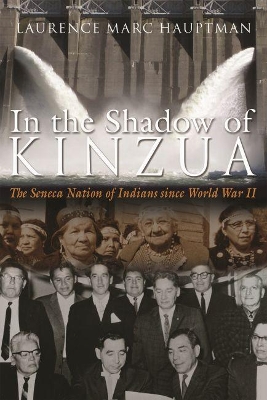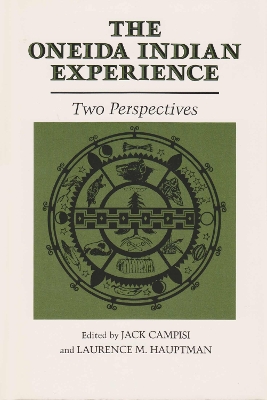Iroquois and Their Neighbors
3 total works
From World War II onward, the Iroquois, one of the largest groups of Native Americans in North America, have confronted a series of crises threatening their continued existence.
From the New York-Pennsylvania border, where the Army Corps of Engineers engulfed a vast tract of Seneca homeland with the Kinzua Dam, from the ambition of Robert Moses and the New York State Power Authority to develop the hydroelectric power of the Niagara Frontier (which eroded the land base of the Tuscaroras), from the construction of the Saint Lawrence Seaway (which took land from the Mohawks and still affects their fishing industry), to the present-day battles over the Oneida land claims in New York State and the Onondaga efforts to repatriate their wampum--Laurence Hauptman documents the bitter struggles of proud people to maintain their independence and strength in the modern world.
Out of these battles came a renewed sense of Iroquois nationalism and nationwide Iroquois leadership in American Indian politics. Hauptman examines events leading to the emergence of the contemporary Iroquois, concluding with the takeover at Wounded Knee in the winter-spring of 1973 and the Supreme Court's Oneida decision in 1974. His research is based on historical documents, published materials, and interviews and fieldwork in every Iroquois community in the United States and several in Canada.
Part I focuses on the history and adaptations of the Oneidas in their New York homeland. Part II describes the motives and methods used by New York State officials in divesting the Oneidas of their New York home and explores the aftereffects of the Indians' removal to Wisconsin and the legal implications of allotment legislation on American Indians' tribal jurisdiction today.
Nineteenth-century attempts by whites to take the Oneidas' Wisconsin land base forced the Indians to develop strategies for survival, described in Part III. Capable leadership, the maintenance of tribal tradition, cultural revitalization, new educational initiatives, and continuing connections among the Oneida communities have fostered a tribal reemergence and have allowed the Oneidas to maintain themselves as a unique and thriving people.


